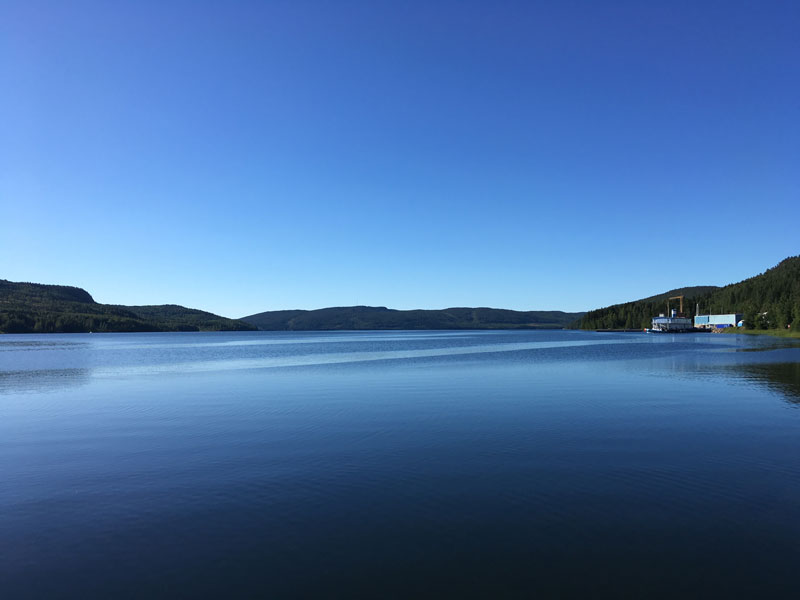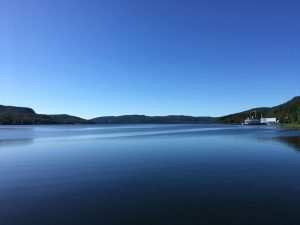

In all sailboat races, you must sail toward better pressure as more wind velocity almost always means more speed. More Sailing Wind Velocity makes a marked difference to boats’ relative speed around the course.
Darker Water Usually Means More Wind
On the course look for darker water as changes in wind velocity are a lot easier to see than changes in direction.
More wind creates more ripples on the water, and these appear darker because of how they reflect light.
Be careful though to consider variations in sunlight and clouds when assessing heading over to darker-looking patches on the course.
Other boats around you are also a great source of information about velocity across the course and be sure to not only take into account their angle of heel but also their heading.
Changes in heading may be a puff, lift or knock so continual observation should give you the answers you are looking for.
Generally, increases in wind velocity make more difference when the wind is light. An increase of a few knots in the wind when it is light may increase your boat speed by a knot or more whereas an increase of a couple of knots of windspeed in the higher wind ranges may see no increase in boat speed at all.
Once you have found yourself in better wind velocity, do your best to stay there and it may serve you better to stay in a puff longer by pinching up a little, footing off into it or tacking/gybing to stay in the puff longer.
Beware of velocity headers and when velocity changes it affects the wind you see and as an example, when you sail into a lull your apparent wind goes forward which feels as though you have been headed even though the wind direction stays the same.
The mistake a lot of sailors make is to tack on a velocity header and tack is not only slow in light air but you could well be sailing on a knock on the other tack.
Velocity Headers
When you experience a velocity header, change gears to keep your boat speed up and continually be on the lookout for the next puff or shift.
The amount of wind pressure also affects your ability to survive in another boat’s bad air. In light air, wind shadows are bigger and much more hurtful.
In heavy air, you can sail fairly close to leeward of another boat and go pretty much the same speed.
Wind pressure impacts what you do in different positions on the first beat.
Having more velocity means you will sail faster with narrower tacking angles, so you’ll get to a lay line sooner. In light air both tacks take more time, so you can afford to spend more time on the shorter tack.
A factor that can have a big effect on wind pressure is current. When you’re racing upwind, the choice is easy – head for the part of the course where there is stronger current flowing toward the wind or less current going with the wind.
This will not only help you make better progress over the bottom, but it will give you better wind pressure as well.

